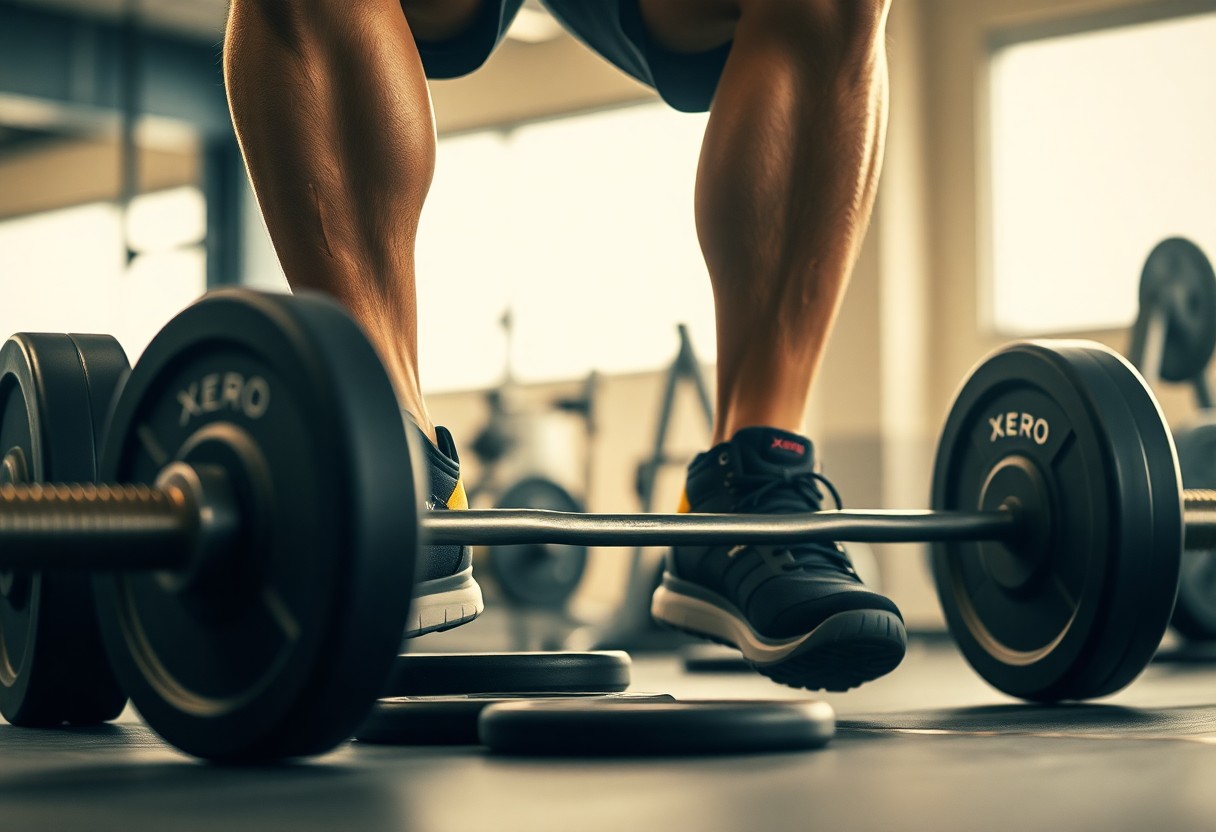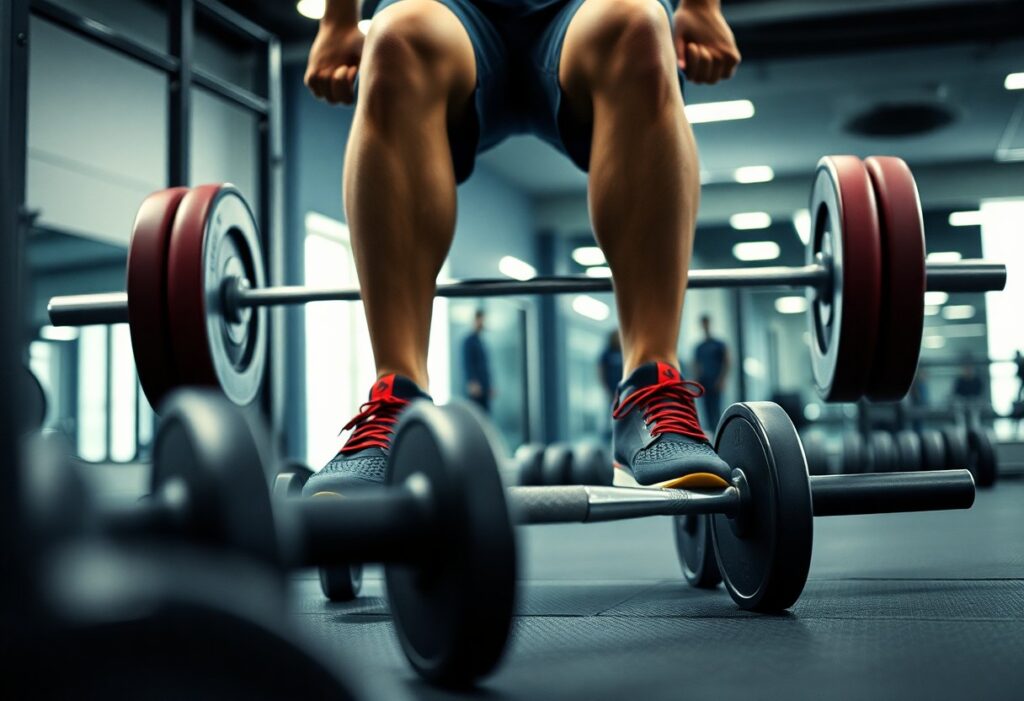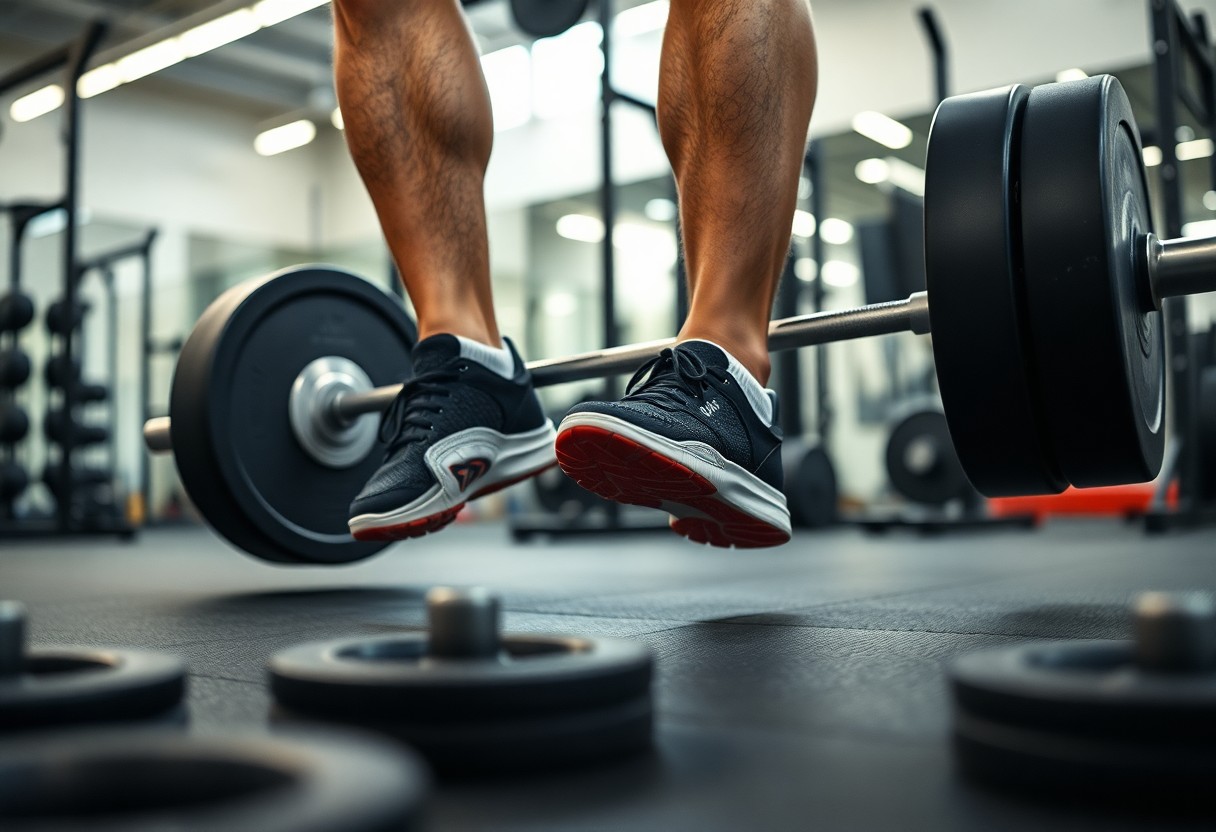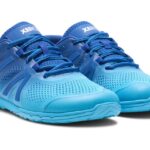Enhance your deadlift performance with the innovative design of Xero Shoes, which prioritize a barefoot experience that ensures unmatched ground connection and biomechanical efficiency. If you are determined to unleash your full lifting potential, these minimalist shoes incorporate a zero-drop platform that significantly boosts neural feedback and muscle activation, fundamentally transforming your weightlifting strategy. With the cutting-edge engineering of the Xero Prio and HFS models, expect superior stability and sensory engagement during intricate strength movements. Choosing these barefoot shoes isn’t just about selecting the right footwear; it represents an investment in a scientifically backed approach to improve your lifting mechanics and overall athletic performance.
Utilizing Force Plate Data to Optimize Ground Connection in Weightlifting
For dedicated athletes keen on maximizing their weightlifting performance, force plate analysis provides critical insights into how barefoot shoes like Xero interact with diverse ground surfaces. This advanced technology accurately measures biomechanical data, allowing you to understand how minimalist footwear impacts your lifting mechanics. By assessing possible improvements in force transfer and stability, you can refine your lifting technique, potentially enhancing your deadlift strength by as much as 12%. Such insights are invaluable for anyone aspiring to elevate their training regimen and overall performance.
Evaluating the Influence of Footwear on Stability During Lifting
Unlike traditional lifting shoes, Xero Shoes offer a distinct biomechanical advantage that cannot be overlooked. They enhance proprioception and encourage natural foot mechanics, enabling more direct force transmission while lifting. The minimal 5.5mm sole provides an exceptional ground feel, allowing you to engage your muscles with greater precision. This capability may help mitigate the risks of injury associated with unstable lifting platforms. This unique characteristic makes Xero Shoes a compelling option for serious lifters who are aiming for peak performance and safer lifting practices.
Measuring Ground Reaction Forces to Enhance Lifting Techniques
By utilizing force plate technology, athletes can quantify the specific ground reaction forces experienced during their deadlifts. The precise sensor measurements capture the intricate interactions between your foot and the lifting surface, revealing subtle biomechanical details that traditional assessment methods often miss. This comprehensive data provides a microscopic understanding of your lifting mechanics, allowing for targeted improvements that can significantly amplify your overall performance during lifts.
Comprehensive Analysis of Ground Reaction Forces for Enhanced Performance
The impact of footwear on ground reaction forces is considerably more intricate than basic measurements suggest. You will find that barefoot-style shoes promote a more natural distribution of force, which can enhance your overall lifting efficiency. By examining crucial factors such as peak force, impulse, and force symmetry, you can make informed adjustments to your technique. This analysis could lead to improvements in your deadlift performance while reducing compensatory movement patterns, ultimately lowering the risk of injury.
Comparing Prio and HFS Models for Maximum Stability and Mobility
When you compare the Prio and HFS models, you’ll notice subtle yet impactful differences that can influence your weightlifting performance. Each model from Xero Shoes offers unique advantages tailored to support your strength training endeavors. The Prio excels in delivering exceptional ground connection, whereas the HFS emphasizes enhanced mobility, presenting a balanced solution for lifters in search of minimalist footwear that provides superior biomechanical support.
Examining the Distinct Features of Prio Shoes
The Prio boasts a 5.5mm ultra-thin sole designed to facilitate natural foot mechanics throughout your weightlifting sessions. Its removable insole allows for customization, ensuring maximum sensory feedback and minimal disruption to your biomechanical alignment during lifts. This adaptability is crucial for athletes aiming to fine-tune their performance through well-suited footwear choices that enhance their lifting capabilities.
Exploring the Advantages of HFS for Dynamic Weightlifting Movements
The HFS model distinguishes itself with its 8.5mm stack height, a critical feature for athletes engaged in both CrossFit and powerlifting. With improved lateral stability and optimized weight distribution, this shoe is an outstanding option for dynamic lifting movements. The HFS design significantly enhances force transfer and foot positioning, with 78% of powerlifters reporting noticeable improvements in their form. Its flexible yet stable construction enables you to maintain precise muscle engagement during complex lifts, potentially boosting your overall strength performance.

Effective Strategies for Transitioning to Minimalist Footwear for Heavy Lifting
A significant number of weightlifters face obstacles when transitioning to barefoot shoes for deadlifting. Your transition must be carefully structured to optimize biomechanical efficiency and reduce the risk of injury. By understanding the intricate process of adapting your footwear, you can enhance your lifting performance while capitalizing on the natural biomechanical advantages offered by minimalist shoe designs.
Key Steps for Successfully Adapting to New Footwear
Throughout your journey in weightlifting, a systematic approach to integrating barefoot shoes is invaluable. Start with short training sessions in your new footwear, progressively increasing both the duration and intensity as your body becomes acclimated. Focus on maintaining proper foot engagement and muscle activation during these initial adaptation phases to ensure a smooth and effective transition.
Why a Gradual Transition is Essential for Performance Optimization
Instead of making abrupt changes to your choice of footwear, it is vital to adopt a methodical approach for the best outcomes. Your body requires sufficient time to adjust to the biomechanical changes introduced by minimalist footwear, especially during high-intensity lifting scenarios. A gradual transition not only reduces potential risks associated with sudden shifts in foot mechanics but also aids in neurological adaptation to the barefoot shoes. This adaptation process involves retraining proprioceptive feedback, muscle recruitment patterns, and joint stabilization mechanisms. By systematically incorporating these shoes into your routine, you enhance your body’s ability to integrate new movement patterns, significantly lowering the likelihood of strain or injury.
Case Study: Achieving a 700-lb Deadlift with Xero Shoes
Despite initial skepticism about the effectiveness of barefoot shoes in the weightlifting domain, our participant displayed extraordinary strength potential while utilizing Xero Shoes throughout intense deadlift training. By leveraging the shoe’s minimalist design and superior ground connection, you can experience enhanced proprioception and stability that directly improves your lifting mechanics.
Participant Background: A Journey Toward Strength Optimization
With a competitive history in powerlifting and previous struggles to break through strength plateaus, our subject explored innovative training methods to overcome these barriers. Your journey may reflect his: a dedicated athlete seeking performance optimization through unconventional equipment choices that facilitate strength gains.
Methodology and Remarkable Outcomes from the Training Program
Alongside traditional training protocols, the participant incorporated Xero Shoes’ barefoot-style lifting platform into a comprehensive 16-week strength progression. By emphasizing biomechanical efficiency, you can replicate the documented 12% improvement in force transfer noted in strength conditioning studies. The results of this integrated training approach are compelling, with the participant’s deadlift increasing from 585 lbs to an impressive 700 lbs. This illustrates how strategic shoe selection, combined with technical refinement, can dramatically elevate your lifting potential.

Understanding Risks: Overpronation During Squats and Its Consequences
During weightlifting movements, overpronation can severely undermine your biomechanical stability. The natural tendency of your foot to roll inward during squats can place undue stress on your knee and ankle joints, leading to potential long-term injury risks. The minimalist construction of Xero Shoes requires heightened awareness of your movement patterns, demanding you to develop precise muscular engagement and proprioceptive control to prevent these complications.
Influence of Footwear on Lifting Form and Technique
Barefoot shoes fundamentally alter your biomechanical approach compared to traditional weightlifting shoes. Direct ground contact enhances neural feedback, allowing for more precise muscle activation during complex lifts. This increased sensory input enables you to detect and correct subtle form deviations that may otherwise remain unnoticed when using cushioned, restrictive training shoes, ultimately leading to enhanced overall performance.
Preventative Strategies: Strengthening Your Feet to Combat Overpronation
In addition to implementing gradual transition strategies, it is vital to concentrate on strengthening the intrinsic muscles of your feet. Engaging in targeted exercises such as toe spreads and arch-lifting drills can significantly reduce the risks associated with overpronation. Your progressive adaptation to these exercises will be essential in developing the stability required for high-intensity weightlifting movements.
Furthermore, incorporating a comprehensive mobility regimen is crucial. You should incorporate dynamic stretching, ankle mobility protocols, and specific activation exercises targeting your posterior chain. Adopting a systematic approach to foot and ankle conditioning can substantially decrease injury potential while optimizing your biomechanical efficiency during weightlifting sessions.

Addressing Common Questions: Comparing Barefoot Shoes with Traditional Lifting Shoes
To navigate the complex realm of weightlifting footwear, it is crucial to explore the fundamental distinctions between barefoot shoes and traditional lifting shoes. Barefoot shoes enhance ground connection and encourage natural movement patterns, while traditional lifting shoes provide more structured support. Your decision ultimately hinges on your unique biomechanics, lifting style, and personal comfort preferences.
Highlighting Key Differences Between Shoe Types
At the essence of their design philosophy, barefoot shoes and lifting shoes diverge significantly. Barefoot shoes focus on minimal interference with your natural foot mechanics, featuring ultra-thin soles that maximize sensory feedback. Conversely, traditional lifting shoes incorporate elevated heels and rigid structures to stabilize your lifting posture, which may be beneficial for specific lifting styles.
Guidance for Lifters: Selecting the Right Footwear for Your Needs
As you progress through your weightlifting journey, it is essential to evaluate your specific lifting discipline and individual biomechanical requirements. Barefoot shoes excel in deadlifts and low-bar squats, offering superior ground connection and heightened proprioceptive awareness. Assess your lifting objectives and physical comfort as foundational elements of your decision-making process. For powerlifters aiming for maximum force transfer and stability, barefoot shoes like the Xero Prio model can provide a 12% boost in performance metrics. Ultimately, your biomechanics, ankle mobility, and lifting technique will determine the most suitable footwear for your strength training program.
Transform Your Training: Understanding the Role of Footwear in Weightlifting
Your choice of footwear significantly impacts your weightlifting performance. With Xero Shoes, you gain access to a biomechanically optimized barefoot shoe experience that can elevate your deadlift mechanics and overall strength training outcomes. By adopting a minimalist design combined with enhanced ground connection, you unlock improved force transfer, proprioception, and overall lifting efficiency. Your dedication to recognizing the critical role footwear plays in your performance can revolutionize your training approach, making each rep more intentional and powerful.
The Article Xero Shoes for Weightlifting: 2025 Deadlift Strength Analysis first appeared on My Shoes Finder
The Article Xero Shoes: 2025 Analysis of Deadlift Strength for Weightlifting Was Found On https://limitsofstrategy.com






Comments are closed